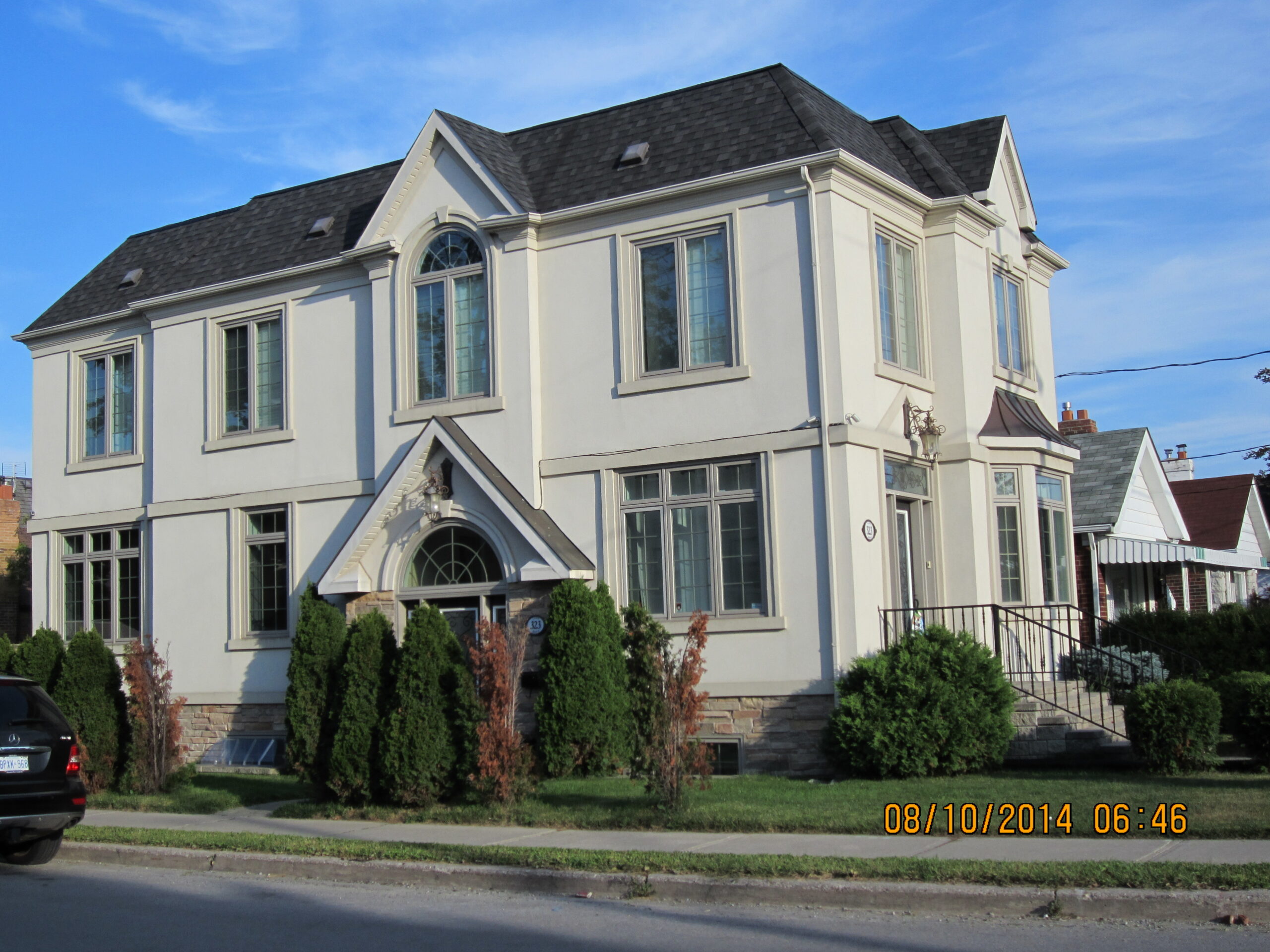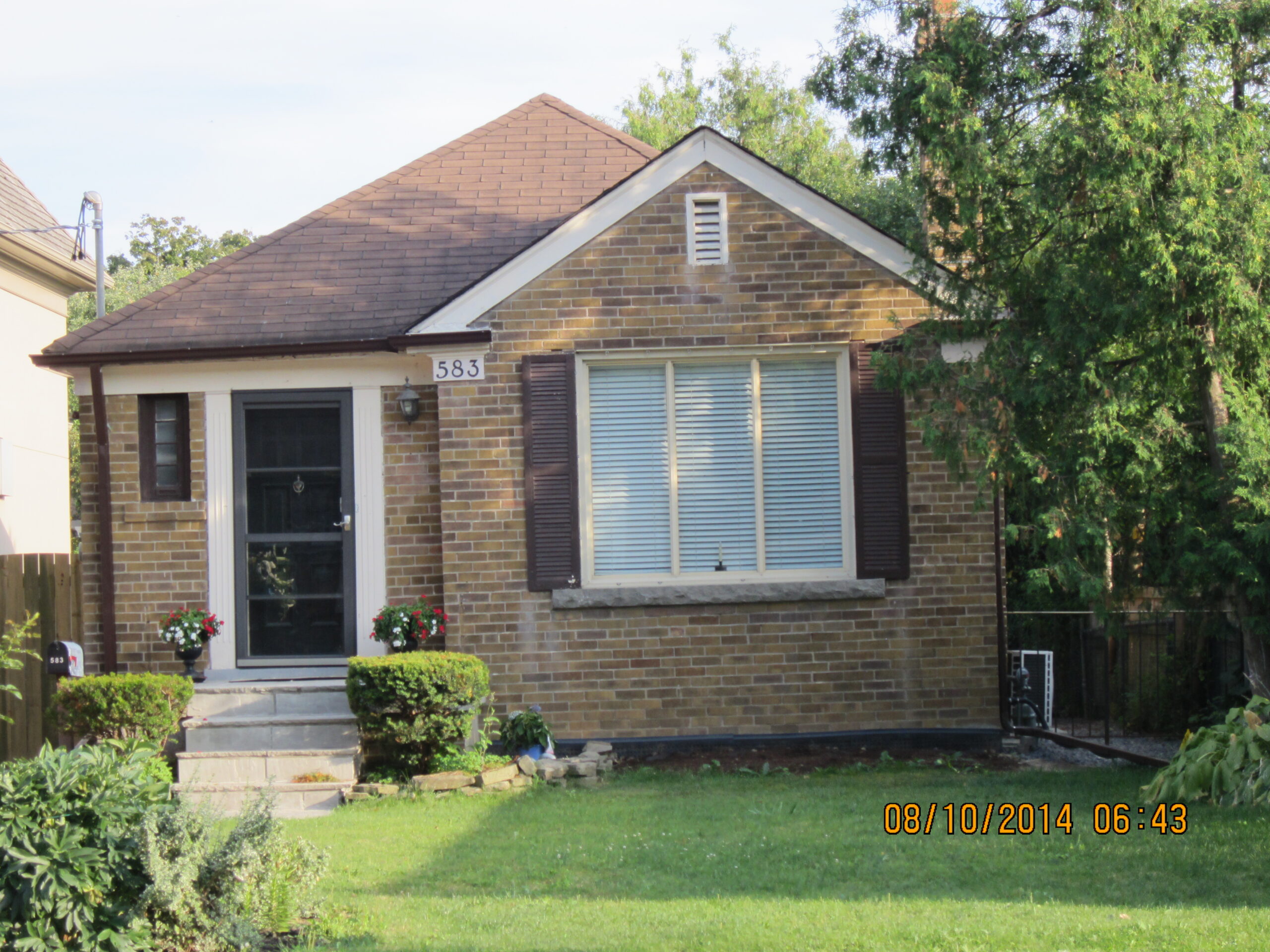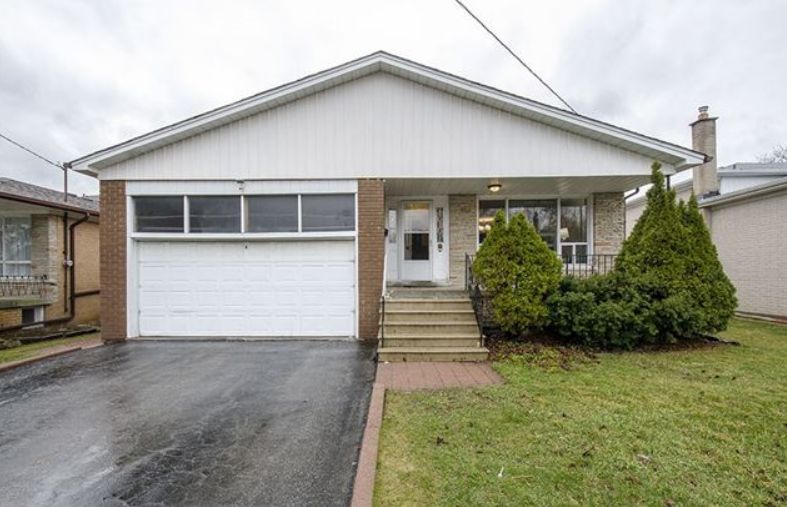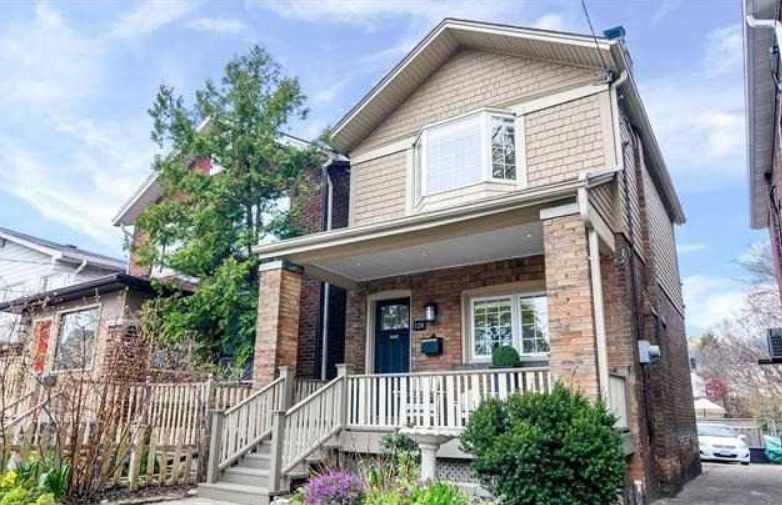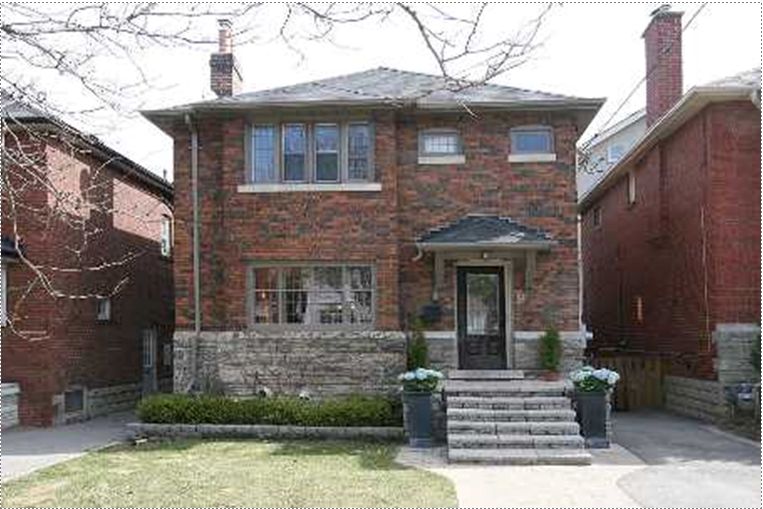Having less-than-ideal attic insulation is, essentially, another way of burning money. Chances are you know this, and have packed your uppermost level like a sardine can full of insulation. But that may still not be enough.
“No matter how much insulation you add to the attic, if you don’t have a proper vapour barrier you’ll still lose heat and run into condensation issues,” says Bryan Baeumler, host of HGTV’s Leave it to Bryan and Canada’s Handyman Challenge.
This week, he answers Star reader questions about replaced roofs, kitchen tiles and cottage foundations.
Q: Our 1 1/2-storey, century farm house near Beaver Valley Ski Club provides very little attic space and very little insulation since the upper walls are sloped. We will be replacing the roof in the next year. I’m not comfortable with trying to do blown-in insulation, because I don’t know how the interior walls were built so we can’t be sure of adequate coverage. My thought is to peel the roof deck a section at a time, adding Roxul bat insulation and putting on a new deck when we do the roof. Is there another option we could consider?
Rob P., Markdale, Ont.
A: Hey Rob! Good call on the blown-in — we’ve opened up lots of walls to see little pancakes of retrofit insulation, or uninsulated pockets due to framing members or mechanical bits and pieces. Adding insulation in the attic space will make a huge difference when it comes to heat loss, but there’s a very good chance you also don’t have an effective vapour barrier up there considering the age of the home. And if that’s the case, you can bet on still losing heat.
Since you plan on doing the roof anyway, you’ve got a great opportunity to both add an effective vapour barrier and increase the R-value. We decided to peel the entire roof in one day and had the entire thing spray-foamed from above — it’s a little more expensive than conventional insulation, but compared to the labour of installing six-mil poly and batts, I think we made the right call. You also get about R6.7 per inch with foam, whereas batt will give you about R3 per inch.
I would get your roofers to price out removing all of the roofing material and sheathing, foaming the attic from above and replacing all of the sheathing and installing a new roof all at the same time. That way you have a bulletproof vapour barrier, increased R-value, added structural strength and space above the foam and under your roof for ventilation! Not the cheapest option up front, but definitely the winner in the long run.
Q: My family cottage on Lake Scugog, in Durham Region, was built in the 1950s and renovated in the early ’70s. The water table is fairly high, less than two feet below grade. When the cottage was renovated, it was moved, five rows of block were then added and it was placed back on its new foundation. Unfortunately, my father-in-law left a dirt basement under the building without insulation. Last winter, being so cold, the foundation joints began to separate and part of one wall moved that we’ve had repaired but still have issues with dampness. How do we remedy the moisture challenge?
Peter W., Lindsay, Ont.
A: Well, Peter, last winter was so cold for so long that frost penetrated a little deeper than normal, which caused a lot of foundation problems for a lot of people. Assuming your foundation extends at least 48 inches below grade, we wouldn’t expect any frost to penetrate below the footings and heave the entire wall. However, the fact that you have a dirt basement allows a lot of moisture to come up under (and into) the cottage. Some of that moisture will permeate into the block walls — the normal freeze/thaw cycle will damage the mortar and eventually you’ll see cracks and movement.
With such a high water table in your area, you’ll also want to make sure the foundation walls are properly waterproofed or you’ll never win. You should (according to the building code, and science) have an effective vapour barrier on top of the soil, such as six-mil poly, sealed at the edges. Properly insulating the exterior walls, introducing a little heat and placing a vapour barrier on the dirt floor should take care of excess moisture and condensation in the basement.
Your other option may be to insulate the floor joists above and provide proper air flow to the outside of the basement to make it an unheated and exterior crawl space — but that depends on whether or not you have mechanical systems down there (i.e. furnace, water heater etc).



